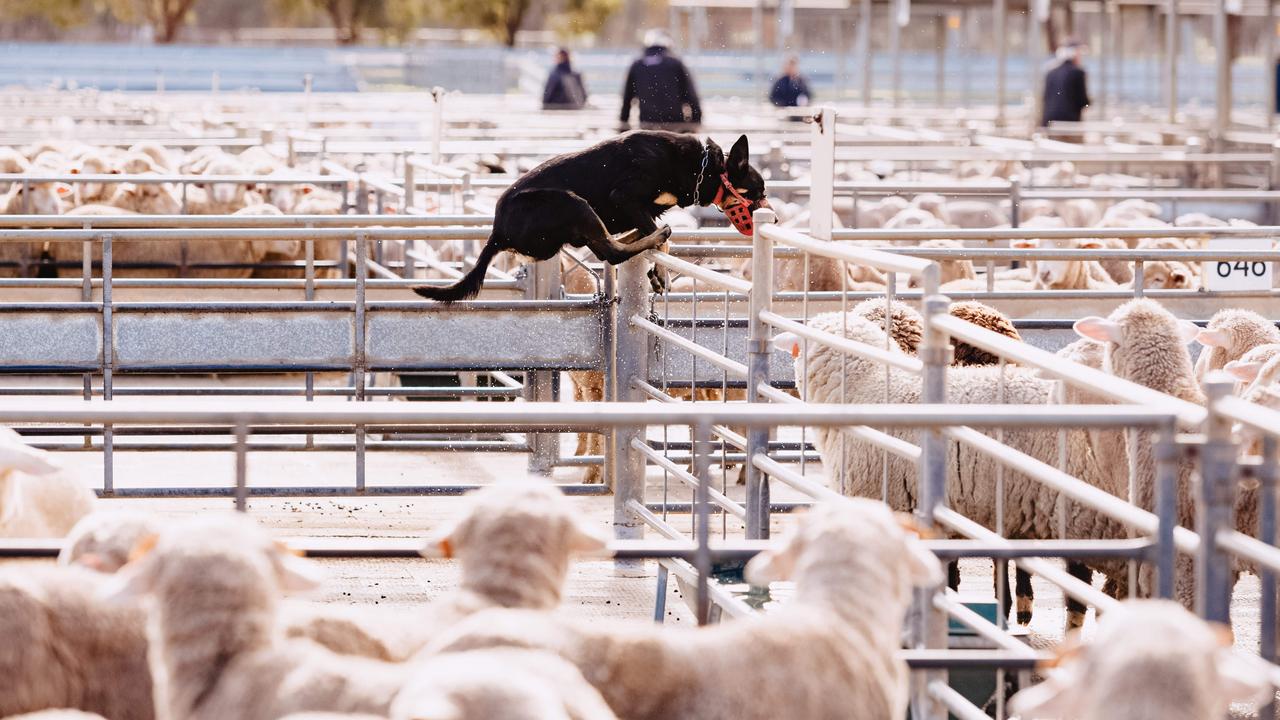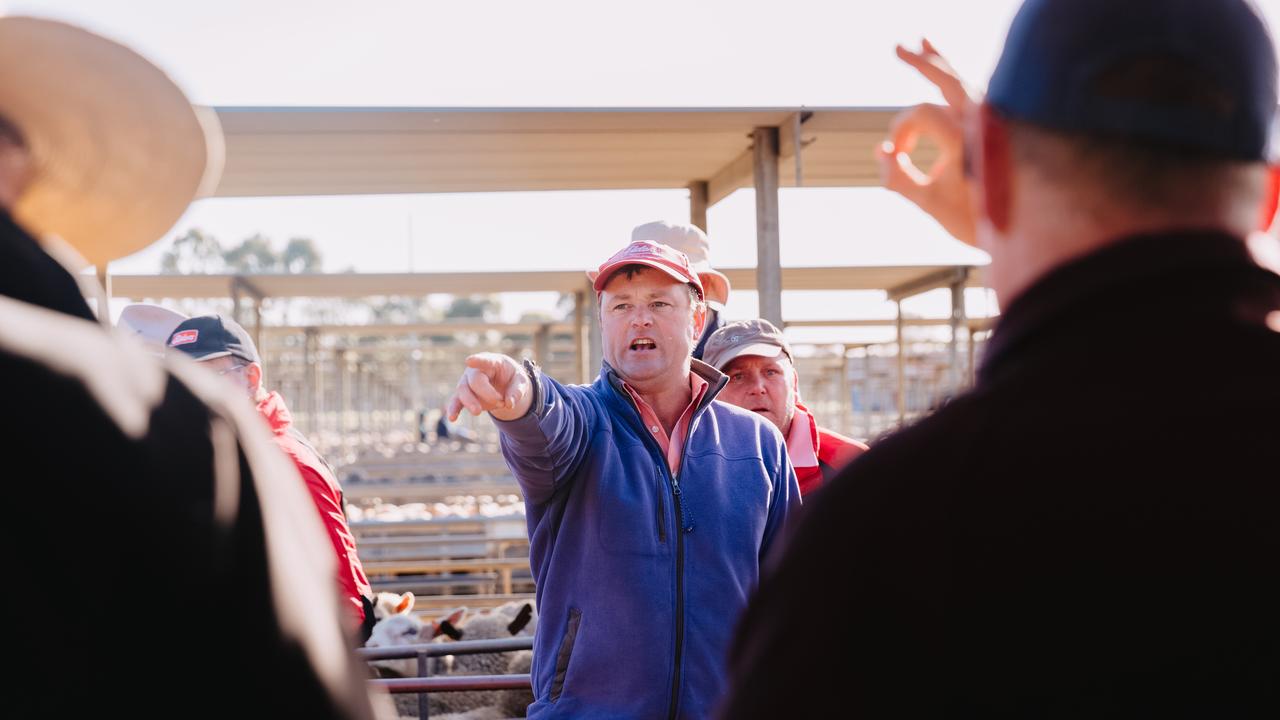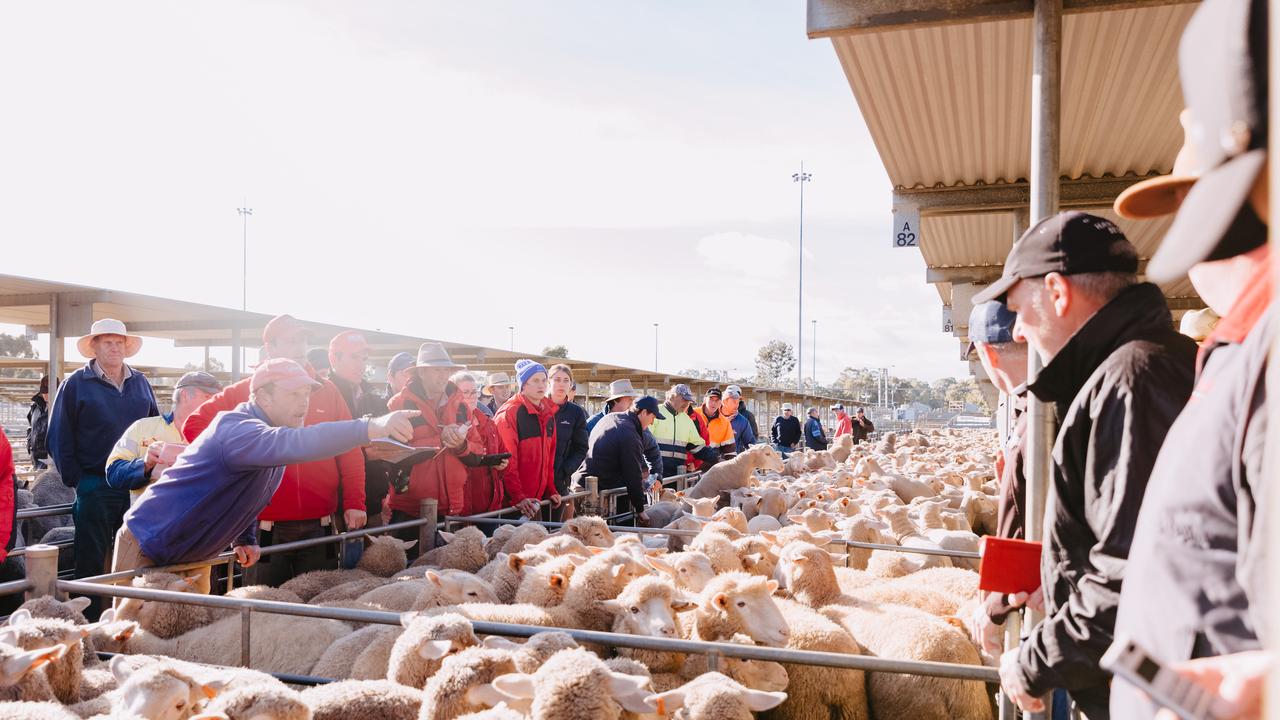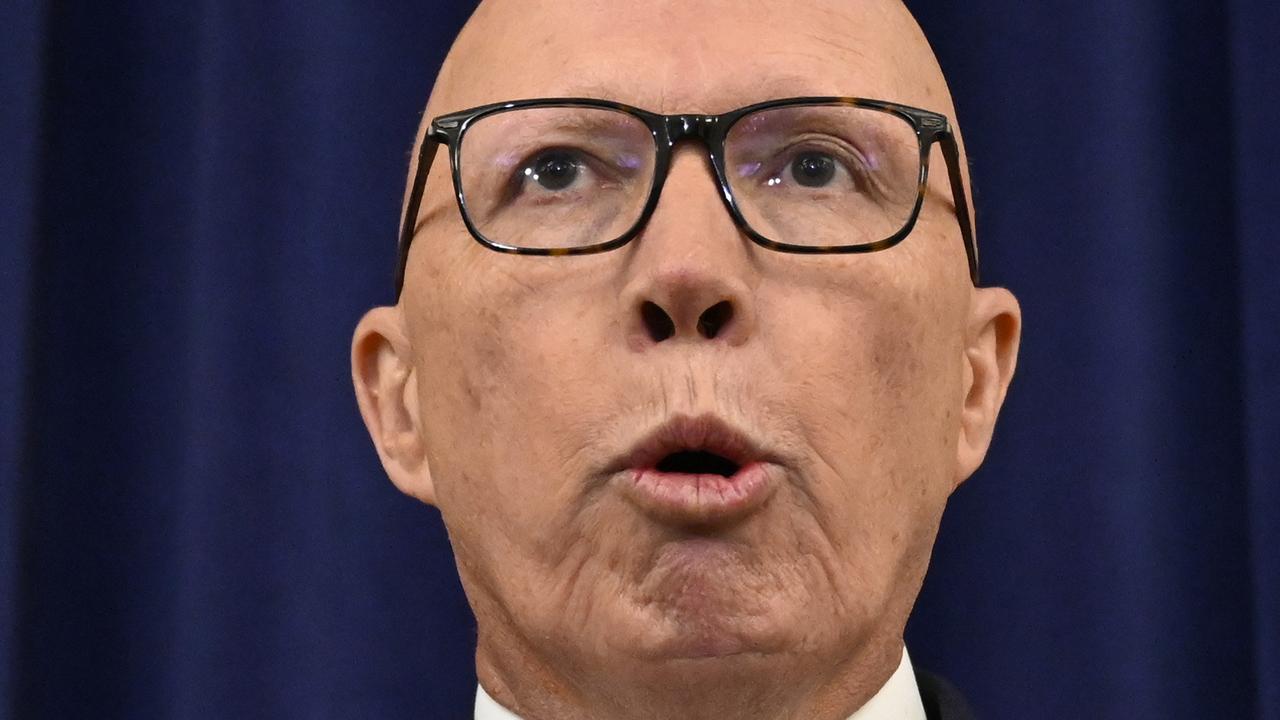Lamb prices rise due to low Australian dollar, strong export demands
The Sunday lamb roast may be more expensive soon but the meat’s booming price is great news for drought-stricken farmers.

The cost of the Sunday roast lamb could be hiked after a “perfect storm” of market factors caused near-record high sales at auction this week.
Farmers who had been ravaged by the drought in recent years were able to cash in on sales following a combination of strong export demand and local supply shortage, making it the dearest some livestock agents had ever witnessed.

The lower Australian dollar left the produce ripe for export, while an actual storm caused rough seas in the Bass Strait and meant Tasmanian lamb was unable to travel and bolster the supply at sale.
“It would be safe to say at Bendigo on Monday is probably the dearest anyone’s seen a lamb sale ever,” McKean McGregor livestock agent Alex Collins said.

He says the growing middle class in Asia has developed as a strong market for Australian lamb, while traditional markets in Europe and America remain strong importers.
“No one can supply lamb on a large scale with our quality,” the agent said.
Persistent drought along the eastern states drove up the price of grain, meaning many farmers couldn’t afford to keep and feed livestock.
This lowered the supply but it also resulted in a handsome payday for many who presented lambs for sale at the Bendigo auction earlier this week.
“Anyone that has kept lambs for this long and got them up to a really high quality article deserves to be really well rewarded and they’re certainly being well rewarded at the minute,” Mr Collins told news.com.au.

But as the ski fields fill with snow and the winter winds blow into the cities, that hearty lamb stew is expected to become more expensive for families.
“Due to export demand and the rate that the exporters can achieve for lamb, it certainly will have an impact on domestic prices and the amount that’s processed for domestic consumption,” Mr Collins said.
“But lamb is still relatively affordable, you can walk into Coles and buy a nice leg of lamb for $20 to feed a family of four.”
A Meat and Livestock Australia spokesperson told news.com.au that saleyard prices of sheep have consistently increased over the last five years.
“Due to the seasonality in Australia’s production system, winter typically marks a low-point in lamb numbers and historically, we tend to see lamb market prices increase in this period each year at the start of winter and ahead of the spring lamb flush, when prices will typically drop back down,” the peak body said.
“Many Australian sheep producers have been impacted greatly by the sustained drought conditions over the last 18 months, and this cumulative effect combined with continued strong demand for Australian lamb has seen an increase in prices.
“We know Australian’s love their lamb — it has a fantastic reputation for its quality, taste and versatility — and continues to be a regular on Australian dinner plates and in high demand.
“It is this versatility and range of options that allows Australians to keep enjoying their lamb, and we would encourage families to take a look at some lesser known cuts of lamb.”
Rodwells Wimmera manager Wayne Driscoll told The Weekly Times it was “unknown” how high prices could go but he hoped processors weren’t priced out of the market.
“We are now seeing the prices reflect what producers are putting in (in terms of feed),” Mr Driscoll said.
Continue the conversation on Twitter @James_P_Hall or james.hall1@news.com.au




